I’m always intrigued by the afterlife of posters. Most design history – and indeed almost any kind of writing about them – concentrates on how they were made, who designed them, how they were printed and so on. But I’m just as interested in what happened to them afterwards. What did people think about them as they walked past every day? Were there lots of ugly ones as well as the good designs we treasure now? Why do some survive and not others?
Which is why I was so fascinated to find this photo set on Flickr. Here are a complete wall of posters, just as someone might have walked past them (well, a bit dirtier) preserved, not in aspic, but in a forgotten corner of the London Underground.
To be precise, they’re in a disused passageway at Notting Hill Gate Station.
The photos come from Mike Ashworth, who has the rather wonderful job of ‘Design and Heritage Manager’ for London Underground, and so is best placed to explain how they came to survive.
They were discovered during the modernisation work we’re carrying out at the station – and the project team found their way in when some partition work was uncovered. The original Central line station was abandoned, along with the original lifts, during the installation of escalators that took place c1956/9 when the Central & Circle line stations (once separate on either side of the road) were combined after many years of planning. This passageway is one of the remnants of the passageways leading to the lifts that were ‘sliced through’ during the reconstruction.
So, what would I have been looking at as I waited for the lifts in Notting Hill Gate in the late 50s? This rather wonderful Daphne Padden to start with (this week on Quad Royal is rather being brought to you by Daphne Padden, as there will be more on Friday too). The Ideal Home Show as well.
And Pepsodent toothpaste.
If you’re feeling a bit more cultural, there’s also a new exhibition about Iron and Steel at the Science Museum,
And a rather wonderful invitation to cruise the River Thames.
Once again, though, these posters are a reminder that not everything published in the 1950s was a design classic, as these posters for the Evening News and the Chain Garage in Hangar Lane prove.
But for me the real lesson from these posters is just how little survives from the period – and what a selective sample it is. Admittedly, I’ve not done the most comprehensive search ever, but, apart from the Daphne Padden, I can only track down one other of these posters on the web. That’s the elephant that you can see three copies of on the first picture, which is a London Transport poster by Victor Galbraith (thanks to Mike Ashworth for pointing that out too).
It’s a salutary reminder of just how much chance determines what we see, study and collect today. And if anyone can tell me any more about any of these, then I’d love to know.
But please don’t go to Notting Hill Gate expecting to see these posters. They are totally inaccessible in a disused bit of the station – which is probably why they have survived – and there is no way that you can get to them. But the flickr set is there for everyone, which I do think is a great way for London Underground to share them.
Meanwhile, I forgot to mention yesterday that the art of the poster got a very thorough two page write up in the Observer on Sunday. You can read the full text of it here, although without most of the images that accompanied it in the paper version.
It is of course prompted by Paul Rennie’s Modern British Posters book, and the exhibition which accompanies it from next week in London. I’ve had a copy for a few weeks now, and it is a fantastic overview of the evolution of the modern poster, which I am feeling very guilty about not having reviewed properly yet. The problem is that it’s so comprehensive and well-informed that it’s hard to know where to begin. But I will try next week.
6RP7324X32BP (admin code, please ignore)
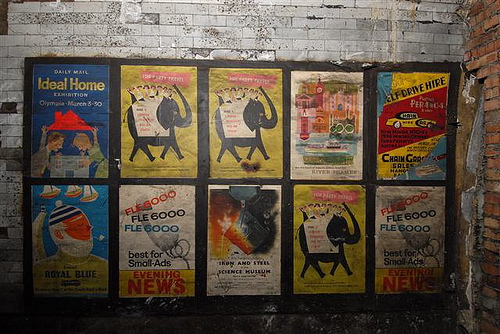
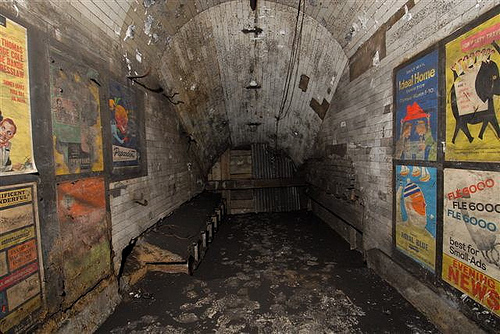
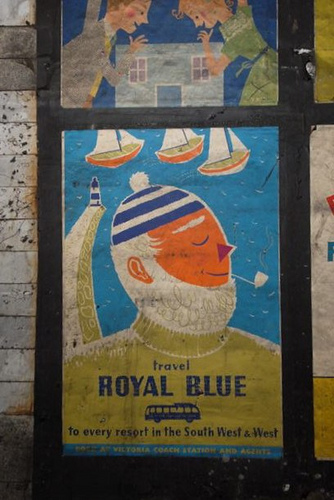

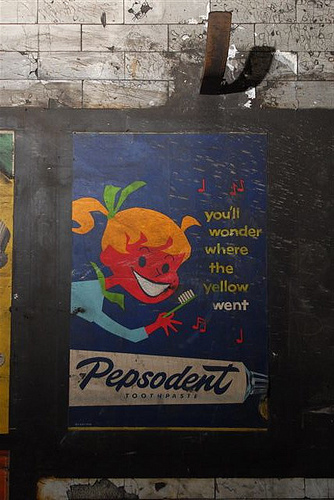
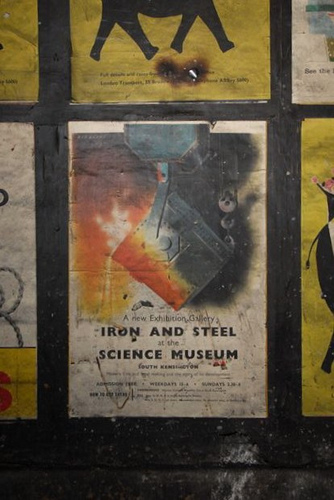
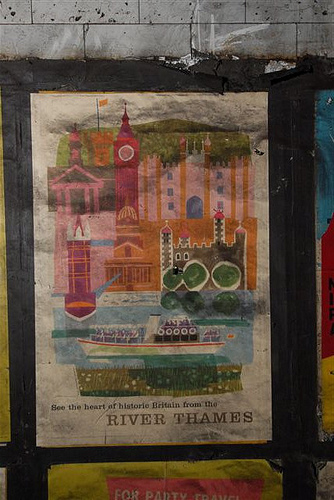
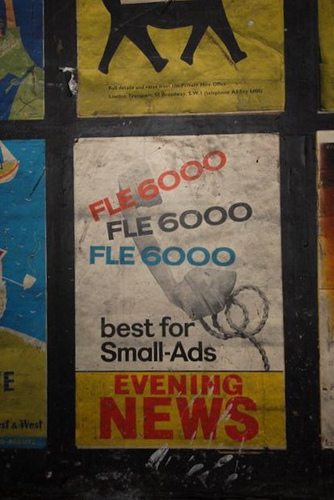
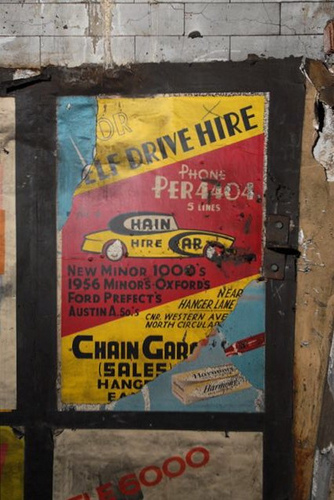
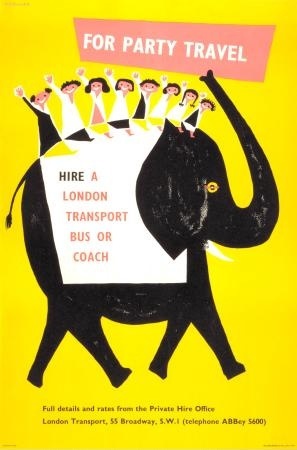
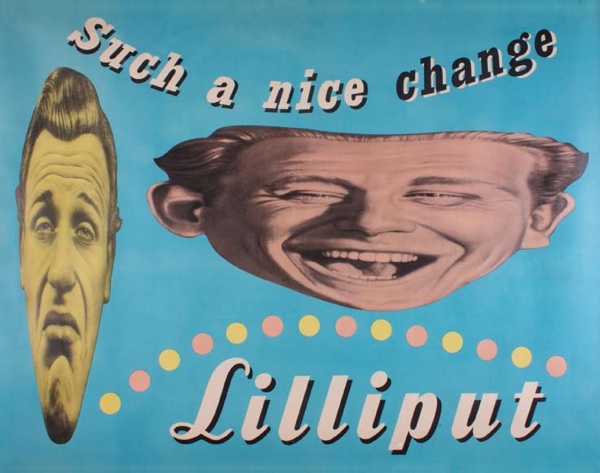
Woow…they just go straight to the point. Really pure and utter stuff. Love it!
I love stuff like this… I wonder how many other old underground stations in London hide treasures like this…?
It’s a bit of a dream really isn’t it, to walk through a door and into the past…